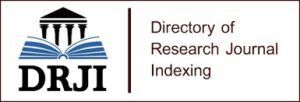Cultural Assimilation among Chinese Immigrants in 1950s America: A Multifaceted Exploration through the Lens of Flower Drum Song
Chin Yang Lee’s seminal work, Flower Drum Song (1957), stands as a groundbreaking exploration of the intricate dynamics of cultural assimilation within the context of Chinese immigrants in 1950s America. Despite facing criticism for allegedly perpetuating stereotypes, this paper contends that the novel holds significant positive value in authentically portraying Chinese culture. By examining the novel’s nuanced depictions, including the positive attributes of characters and the vivid portrayal of Chinese traditions, this study sheds light on the multifaceted experiences of Chinese immigrants in America. Furthermore, the paper delves into the intricate patterns of assimilation depicted in the novel, ranging from the traditionalist stance of Wang Chi-yang’s passive acceptance to the active seeking and integration pursued by the younger generation, embodied by Wang Ta. Additionally, it explores the helpless adaptation of the underclass, exemplified by Old Man Li, providing a comprehensive understanding of the challenges and triumphs associated with cultural assimilation. This study offer valuable insights into the multifaceted nature of the immigrant experience, enriching the understanding of cultural adaptation in the complex tapestry of American society during the mid-20th century.
Keywords: Flower Drum Song; Cultural Assimilation; Chinese Immigrants; Cross-cultural Appreciation; Chinese-American Literature




















